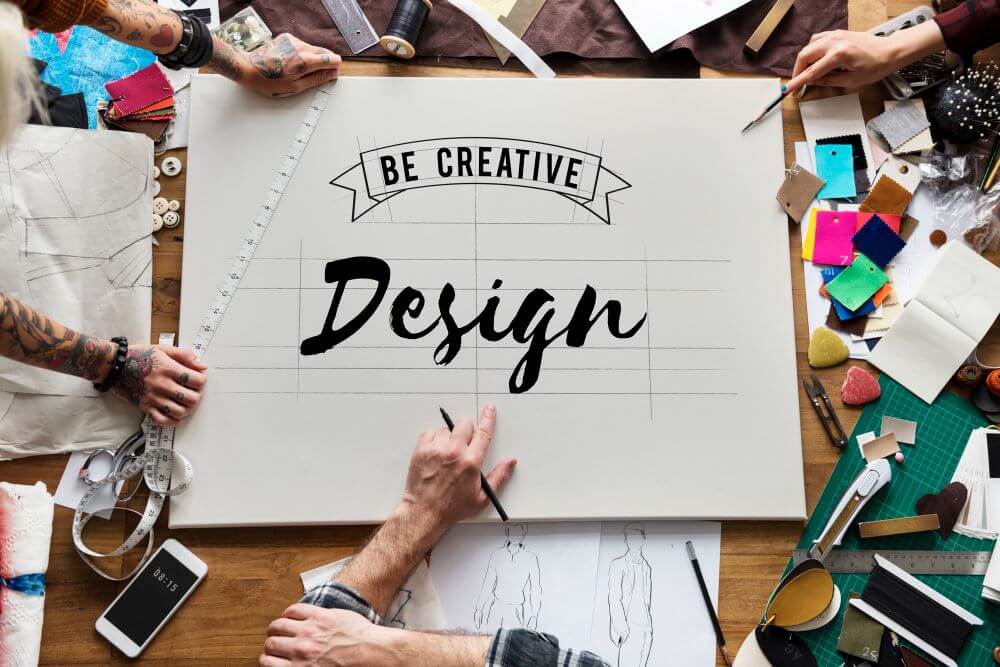Typography plays a crucial role in design, shaping how content is perceived and understood. As design trends evolve, so do the tools available to create stunning typography. Advanced typography tools can help designers push the boundaries of their creativity, allowing for more precise control and unique design elements. This article will explore about elevating your designs using these advanced tools, making your work stand out.
Mastering Font Editing Software
To take full advantage of typography in your designs, mastering font editing software is essential. These tools give designers the ability to create, modify, and perfect fonts to suit specific project needs. With the right software, you can customize existing fonts or even create entirely new ones from scratch, giving your designs a unique and personal touch.
These softwares allows for precise adjustments to letterforms, spacing, and other typographic elements. Whether you’re adjusting the weight of a typeface or tweaking the curves of individual characters, the software provides the flexibility needed to achieve your desired look.
Exploring Advanced Text Effects
Text effects are another powerful way to elevate your designs. Advanced typography tools offer a range of effects that can add depth, dimension, and interest to your text. These effects can transform ordinary text into a focal point of the design, capturing the viewer’s attention and enhancing the overall impact.
Other effects, such as shadows, gradients, and textures, can also be used to enhance the visual appeal of typography, making it more engaging. With practice, designers can learn to apply these effects in ways that add to the design’s overall aesthetic, making the typography a standout feature.
Optimizing Kerning and Spacing
Kerning and spacing are fundamental aspects of typography that greatly influence the readability and appearance of text. Kerning refers to the adjustment of space between individual characters, while spacing often refers to the space between words or lines of text.
Advanced tools allow for precise control over these aspects, enabling designers to create text that flows smoothly and looks balanced. Optimizing kerning and spacing can also enhance the overall harmony of the design.
Utilizing Variable Fonts
Variable fonts are a relatively new innovation in typography that offer a range of benefits for designers. With variable fonts, designers can create custom styles that perfectly match the needs of their projects. For example, a single variable font can be adjusted to create everything from a thin, delicate typeface to a bold, impactful one, ensuring consistency across the design.
With Adobe tools, “It’s time to make your font a reality.”
Variable fonts also offer practical advantages, such as reducing file sizes, which can improve website performance. By using advanced typography tools that support variable fonts, designers can create more dynamic and versatile designs, offering a better user experience and greater creative freedom.
Incorporating Handwritten and Script Fonts
Advanced typography tools allow designers to incorporate handwritten and script fonts styles in a way that feels authentic and polished. By using these tools, designers can create custom handwritten fonts or refine existing script fonts to better suit their needs.
Incorporating handwritten and script fonts can also help a design stand out, as these styles are often more visually distinctive than standard fonts. When used appropriately, they can enhance the emotional impact of a design, making it more memorable and effective.
By leveraging these tools, designers can push the boundaries of their creativity, producing work that not only looks great but also effectively communicates the intended message. Whether for digital or print, mastering these tools will take your typography skills to the next level.

